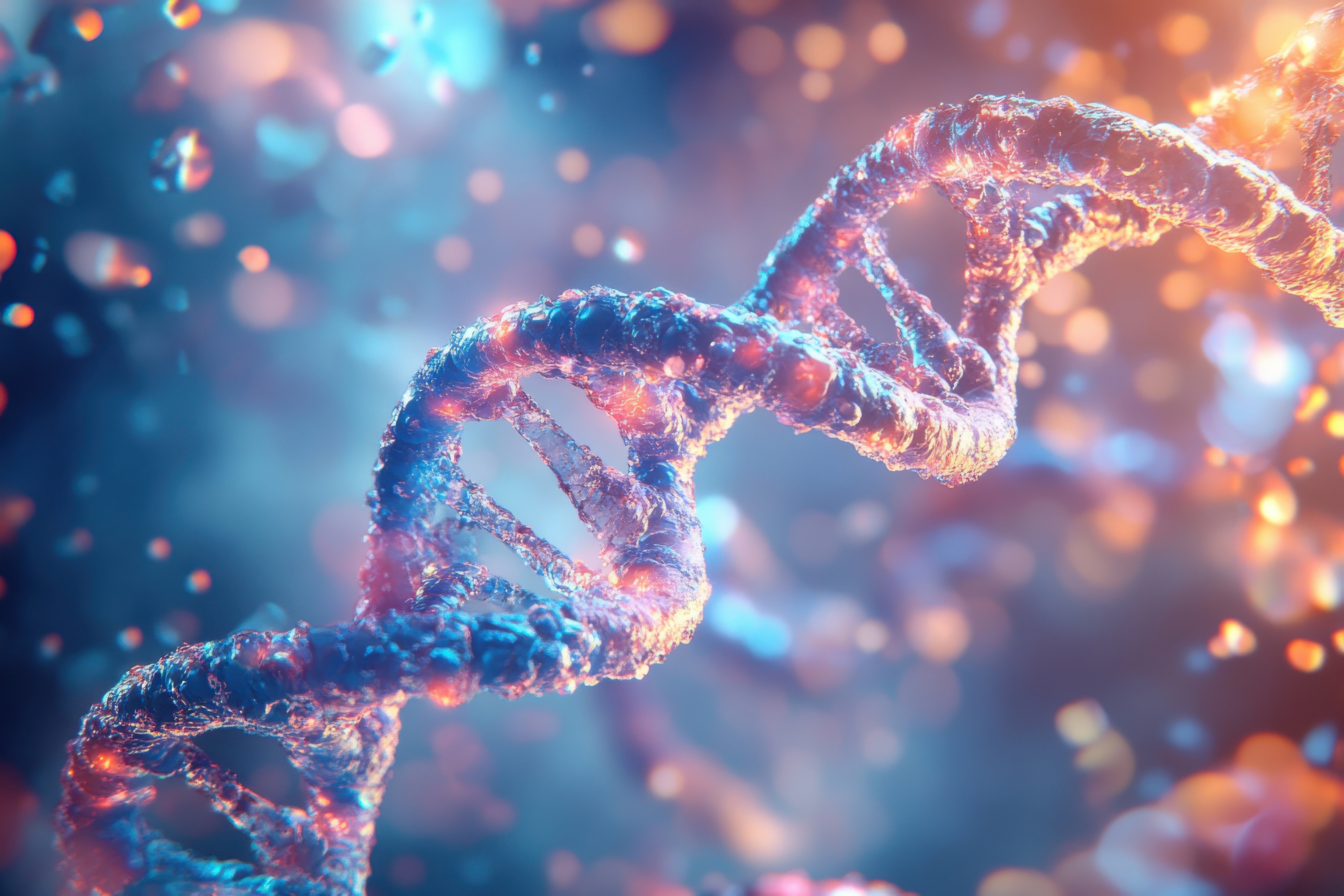
In a previous blog we discussed the gender pain gap and how attitudes and access to treatment of women’s pain is harming women.
Unfortunately, even if women’s pain is believed by their healthcare provider, there are few treatment options available. All too often the only treatment offered is not targeted, such as hormonal contraception offered to dysmenorrhea and endometriosis patients. These blanket approaches not only mask the underlying causes, but are not appropriate for women trying to conceive. The fall-back option of pain medications like NSAIDs and opioids can have long-term side effects, like ulcers. New treatment options are therefore desperately needed.
Yet there are reasons to be hopeful, with new research, new approvals and new treatments on the horizon.
New research: Sex-associated differences in pain perception
Studies have shown that pain is actually felt differently between sexes, including one study coming out of the University of Arizona1. It is well known that a major factor in pain perception is the threshold for activation of nociceptors, and widely used pain medications such as non-steroidal anti-inflammatory drugs (NSAIDs) work by changing the threshold for activation of these receptors. The University of Arizona team found that when two different sensitising substances were administered to male and female neurons derived from animals and humans, one sensitised female cells and not male cells, whereas the other sensitised male cells and not female cells.
Another study from the University of California San Diego School of Medicine has found that men and women rely on different mechanisms to relieve pain – men release endogenous opioids, whereas women rely on alternative, non-opioid based pathways2. The team think that this research could go some way to explain why more women become addicted to prescribed opioids.
This research could be pivotal in developing precision medicines in which the sex of the patient is taken into account in the treatment strategy.
New approaches to pain management
One area of interest is the use of cannabinoids to treat pain in women. For example, AIMA has developed OVY RELIEF™, a vaginal suppository containing cannabidiol (CBD) and cannabigerol (CBG) to help relieve menstrual pain. There is growing evidence that CBD aids homeostasis of the endocannabinoid system (ECS)3 and a recent study showed that use of a CBD suppository significantly reduced frequency and severity of menstrual-related symptoms as well as the need for analgesics4.
In addition, it is thought that endometriosis is associated with endocannabinoid deficiency, and in March 2024 Gynica launched a clinical trial for their cannabinoid-based candidates IntraVagS301 and IntraVagS302 to manage endometriosis pain.
New FDA approval for endometriosis pain management
Endometriosis is a very common disorder which is associated with pain, most commonly pelvic pain. With no disease-modifying treatment options currently available, effective pain management is vital.
In 2022, Myfembree, developed jointly by Myovant Sciences and Pfizer, received FDA approval for the management of moderate to severe pain associated with endometriosis. Myfembree is a combination of relugolix, estradiol and norethindrone acetate.
Relugolix is a non-peptide GnRH receptor antagonist that competitively binds to pituitary GnRH receptors. This reduces release of luteinizing hormone (LH) and follicle-stimulating hormone (FSH), which in turn leads to decreased serum concentrations of the ovarian sex hormones estradiol and progesterone, which contribute to endometriosis pain. Estradiol binds to nuclear receptors in oestrogen-responsive tissues. It is included in Myfembree to counteract the bone loss associated with reduction in circulating oestrogen caused by relugolix. Norethindrone acetate binds to nuclear receptors in progesterone-responsive tissues and is included to protect the uterus from the potential adverse endometrial effects of unopposed oestrogen.
New approaches
In gynaecological procedures such as IUD insertion, the cervix must be stabilised. To do this, a contraption called a tenaculum is used. This pincer-like tool can cause damage and bleeding, and 90% of women report mild to severe pain during procedures using it. The pain is often so debilitating that 18% of women avoid choosing IUD as a contraception for fear of the pain.
The tenaculum has not had a redesign for over 100 years – until now. Aspivix has designed the carevix™ - an FDA-approved tool that stabilises the cervix using suction, which has been clinically proven to reduce pain and bleeding. In September 2024, Aspivix announced that carevix™ is approved by the MHRA for use in the UK.
Summary
Although there is a long way to go to bridge the gender pain gap, hope is on the horizon for women suffering with pain that their conditions will be accepted, believed and, ultimately, treated.
IP and Pain Treatment for Women
There are many options for using IP to protect innovations in women’s pain, so get in touch with us today and we can help build a strong and investable IP position. Patents can protect new devices and new targeted products to treat pain, and can be a tool for existing drugs, such as repurposing drugs for new patient subgroups.
- Nociceptors are functionally male or female: from mouse to monkey to man. Brain, awae179, https://doi.org/10.1093/brain/awae179
- Self-regulated analgesia in males but not females is mediated by endogenous opioids, PNAS Nexus, Volume 3, Issue 10, October 2024, p.453
- The Endogenous Cannabinoid System: A Budding Source of Targets for Treating Inflammatory and Neuropathic Pain, Neuropsychopharmacology, 43, 52-79 (2018)
- Dahlgren (2024) A survey-based, quasi-experimental study assessing a high-cannabidiol suppository for menstrual-related pain and discomfort. Npj women’s health. 2:29
Fay is a patent attorney in our life sciences team. She has an undergraduate BSc degree in Biochemistry from the University of Bristol and a PhD in Biological Sciences from the University of Cambridge. During her undergraduate degree, Fay undertook a one year industry research placement in synthetic biochemistry, developing alternative protein expression systems in bacteria. Her doctoral research focused on mitochondrial dysfunction, particularly mitochondrial metabolism during ischaemia-reperfusion injury and heart transplant. Fay joined Mewburn Ellis LLP in 2019.
Email: fay.allen@mewburn.com
Sign up to our newsletter: Forward - news, insights and features
Our people
Our IP specialists work at all stage of the IP life cycle and provide strategic advice about patent, trade mark and registered designs, as well as any IP-related disputes and legal and commercial requirements.
Our peopleContact Us
We have an easily-accessible office in central London, as well as a number of regional offices throughout the UK and an office in Munich, Germany. We’d love to hear from you, so please get in touch.
Get in touch

.png)